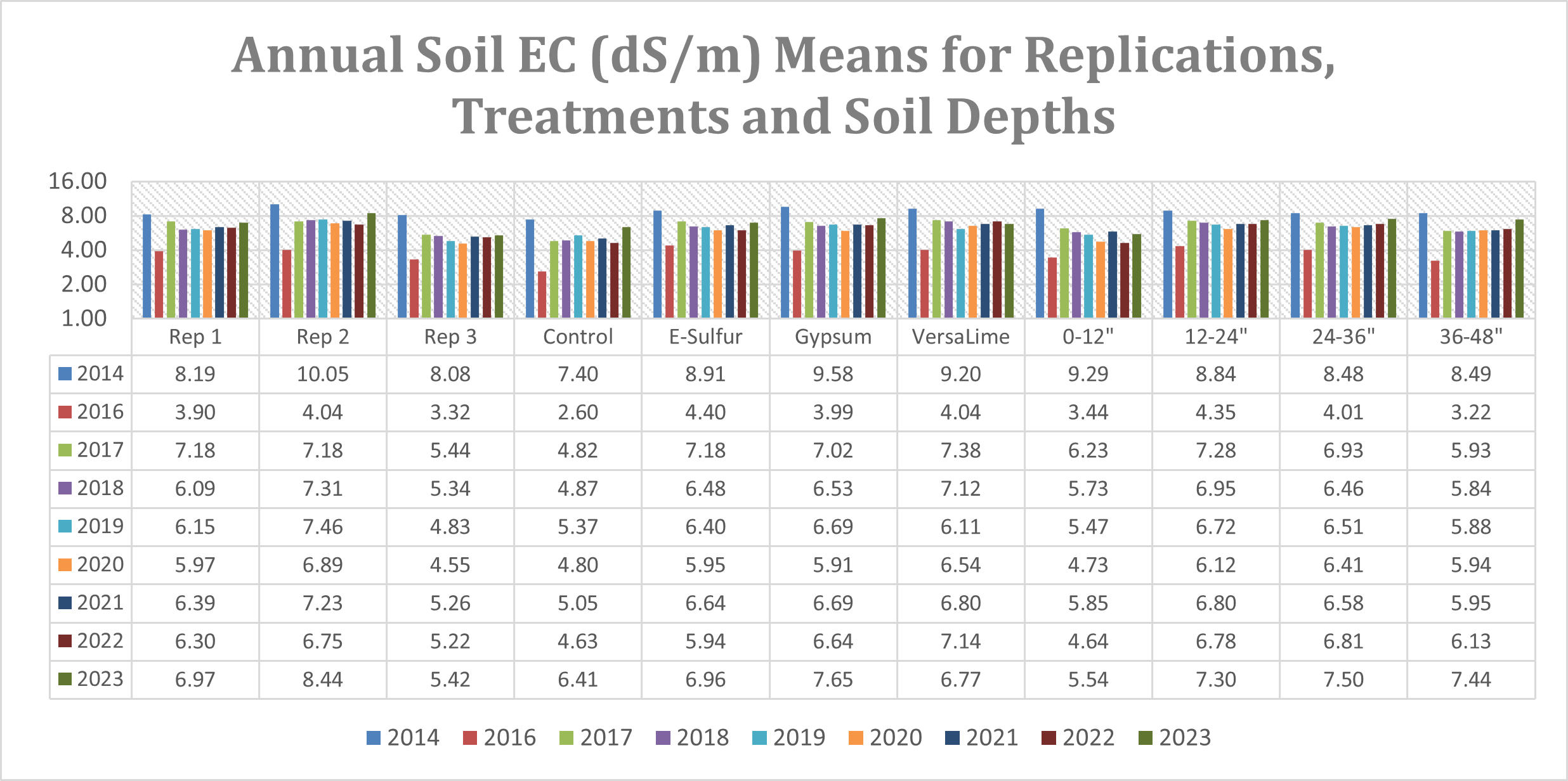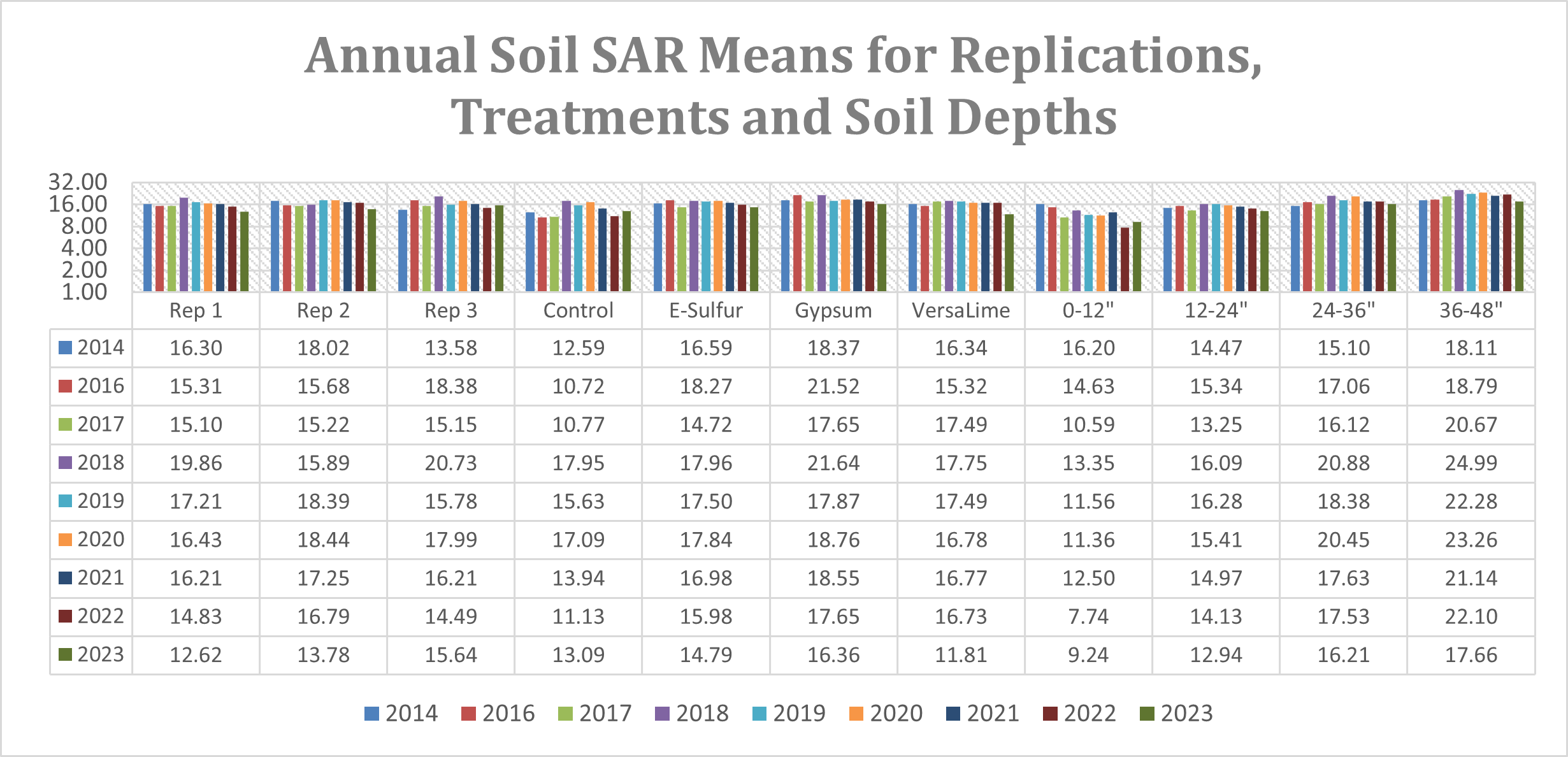Figure 1. The NDSU Langdon Research Extension Center Groundwater Management Research Project Lift Station.
This research report is an extension of an ongoing long-term research trial on a tiled saline and sodic site. The main objectives of the trial have been:
- Does existing soil sodicity negatively affect tile drainage performance?
- Will tiling lower soil salinity under wet and dry weather conditions?
- Does the tile-drained water increase salinity and sodicity levels of the surface water resources?
This abbreviated report only summarizes annual soil electrical conductivity (EC) and sodium adsorption ratio (SAR) results. If information about the trial background, objectives, location, site description, design, methodology and complete set of data collected annually is needed, please contact the NDSU Langdon Research Extension Center:
Mail: 9280 107th Avenue NE, Langdon, ND 58249
Phone: (701) 256-2582
Email: ndsu.langdon.rec@ndsu.edu
RESULTS AND DISCUSSION
Considering the main objectives of the study, this report includes the statistical analysis of soil EC (salinity) and SAR (sodicity). Differences in these properties are compared at the time of tiling versus after applying the soil amendments (treatments) on tiled land. The treatment means of EC and SAR represent 2014 and 2016-2023 results of three replications for the zero to four-foot soil depths. In addition, water quality results of the tiled-drained field were compared with the results of upstream and downstream water samples.
Annual Changes in Weather
Changes in the soil chemical properties are greatly influenced by fluctuations in the weather such as annual evapotranspiration and rainfall and resulting groundwater depths and capillary rise of soil water. The annual growing-season rainfall and potential evapotranspiration (Penman) data was collected from the NDAWN (North Dakota Agricultural Weather Network) Langdon Station from May 1 to October 31. The average annual growing-season groundwater depths were calculated by averaging the weekly measurements for the same time period.
Increased evapotranspiration versus rainfall generally result in lower groundwater depths with less leaching of water-soluble salts, increased capillary rise of soil water and a slower breakdown of soil amendments. A smaller gap between these two could result in shallower groundwater depths. However, under good soil water infiltration and improved drainage, not only excess salts can be moved out of the fields but soil amendments can also produce favorable results. A smaller gap between evapotranspiration and rainfall will also result in reduced capillary rise of soil water (wicking up) as capillary water moves from higher to lower moisture levels. The 2016 average growing-season groundwater depths were the shallowest. Groundwater depths in 2018 and 2023 were the deepest.
Differences in Soil EC (Salinity) Levels
Soil EC levels have been directly related to the annual growing-season rainfall and resulting moisture levels in the topsoil. Details of soil EC levels are shown in Figure 2.
Figure 2. Annual soil EC (dS/m) means for replications, treatments and soil depths.


